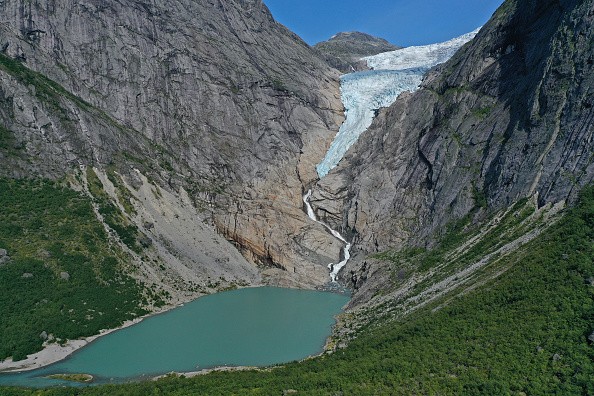Early in the morning on Dec. 13, 1941, the nationals of Huaraz, Peru, noticed a frightening rumble echo across the valley. Within some minutes, a torrent of ice, rocks, and water had covered the city, destroying a third of it and taking the lives of at least 2,000 people.

Natural Disasters in Peru
The natural dam of loose sediment and rocks that had controlled Lake Palcacocha had failed. Its collapse remains one of the most tragic natural disasters in Peru, eighty years later.
This kind of catastrophic event is referred to as a "glacial lake outburst flood." Glacial lakes, like those seen throughout the Cordillera Blanca in the Andean mountain range, are frequently dammed by glacial moraines that can reach heights of more than 100 metres. They are impressive, but they are usually unstable.
Heavy rainfall and rock, snow or ice avalanches can increase water levels in moraine-dammed glacial lakes, bringing about waves that overtop the moraine dam or prompt it to collapse, releasing large amounts of water. These natural disasters are only anticipated to become more usual in Peru - and all over the world as climate warming liquefies glaciers at historically remarkable rates.
Also Read: What You Need to Know About Shishper's Glacial Lake Outburst Floods
World's Highest Concentration of Tropical Glaciers
This dark history has stimulated international research into the stability of the moraines damming glacial lakes in Peru. The Cordillera Blanca in northern Peru contain the world's highest concentration of tropical glaciers. Forecasting when these outburst floods will take place - and the level of their destruction - is of great concern to the more than 320,000 people who inhabit downstream.
Geological engineering models make use of variables such as the volume and size of the lake, width, height, and slope of the moraine dam, and channel and valley dimensions to make an estimation on the stability of the moraine dam and the risk of flood. Sadly, these models don't have much information concerning the composition of the moraine dam, which can differ significantly depending on its site and mode of formation.

Origin of Moraine Dams
Scientists' research, part of a partnership between McMaster University and Peru's National Institute for Research on Glaciers and Mountain Ecosystems (INAIGEM), centers on establishing the source of these moraine dams and the physical features of the lakes and dams they hold back. These characteristics can have a substantial influence on the stability of the dam and its possibility for failure.
Glaciers makes moraines by conveying, disposing, and pushing boulders, fine-grained silts, sands, and clays along the valley floor and adjacent valley walls, usually forming a barrier. But one moraine may be much more stable than another moraine, depending on the materials it comprises of and how it is formed.
Water may seep out through weak points in the stacked layers of moraine, taking sediment along with it, or loose rocks may fall after a disruption like an earthquake. These weak points make a total collapse of the moraine dam more probable.
Related Article: Greenland's Glacial Lakes are Mysteriously Vanishing, and Here's Why
For more news, updates about glacial lakes and similar topics don't forget to follow Nature World News!
© 2024 NatureWorldNews.com All rights reserved. Do not reproduce without permission.



![Roundworms with Short Memories 'Stop Forgetting' When Frozen or Given Lithium [Study]](https://1471793142.rsc.cdn77.org/data/thumbs/full/70295/280/157/50/40/roundworms-with-short-memories-stop-forgetting-when-frozen-or-given-lithium-study.jpg)

